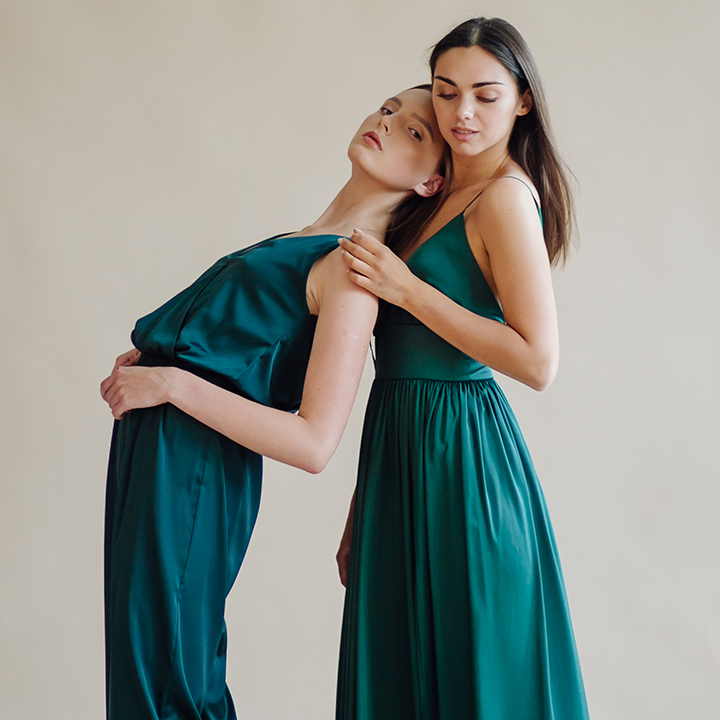
Mix and Match: How to Create Versatile Outfits for Every Season
Creating a wardrobe that works year-round can be a challenge, but it’s also an opportunity to get creative with your clothing. The key to building a versatile wardrobe is learning how to mix and match different pieces so you can wear them throughout all seasons. By combining timeless staples and seasonal essentials, you can create stylish outfits that adapt to both the weather and trends. Here’s how you can master the art of mixing and matching to ensure you’re ready for any season.
Start with the Basics
The foundation of any versatile wardrobe is built on basic, neutral pieces that work across seasons. Think classic items like plain shirts, solid-colored trousers, and simple dresses. These pieces serve as the canvas for your outfits, allowing you to layer and accessorize according to the changing seasons. Neutral tones such as black, white, beige, and navy are especially helpful because they can be paired with almost anything, making them a solid investment for your wardrobe.
Layer for Versatility
One of the best ways to extend the life of your clothes through different seasons is by layering. Start with a light base layer such as a simple top or dress, and then add pieces like jackets, cardigans, or even scarves. In colder months, layering adds warmth without requiring heavy clothing, and in warmer months, you can remove layers to stay comfortable. A lightweight jacket or cardigan can easily be thrown over a summer dress for a stylish transition into fall, while a simple t-shirt can be paired with a sweater or coat in winter for added warmth.
Embrace Transitional Fabrics
The fabric you choose plays a big role in making your clothes work for multiple seasons. Some fabrics, like cotton, denim, and wool, are suitable for both cooler and warmer months, making them incredibly versatile. During colder months, a wool sweater or cotton shirt can be layered with heavier outerwear. As the weather warms, you can wear these fabrics alone, or with a lighter top. Similarly, denim jeans or jackets are perfect for all-year wear, as they pair well with different textures and styles.
Experiment with Prints and Patterns
Prints and patterns are an easy way to add personality to your outfits, but choosing the right prints for every season can help make your wardrobe even more versatile. Floral patterns, for example, are great for spring and summer, but they can also be paired with darker tones or layered with jackets for the fall. Stripes, polka dots, and checks are timeless patterns that can work in any season. The key is to find a balance—bright prints and light fabrics for summer, and deeper, richer tones for fall and winter.
Play with Footwear
Footwear can make or break your seasonal outfits. To make your wardrobe even more versatile, choose shoes that can transition with you from season to season. A classic pair of boots works well in the colder months, but they can also be worn with skirts and dresses when the weather starts to warm. Similarly, simple flat shoes or stylish sandals can be worn year-round depending on how you style them. A well-chosen pair of shoes can elevate any outfit, ensuring you’re always stylish and comfortable no matter the season.
Mix Textures for Interest
Mixing textures is another effective way to create versatile outfits that work across seasons. Combine lightweight materials like linen with thicker fabrics like wool or leather to create layers of interest and dimension. A flowy linen dress paired with a structured leather jacket or a cozy knit sweater works well for both spring and fall. Mixing textures not only keeps your outfits interesting but also adds a unique touch that shows off your personal style.




